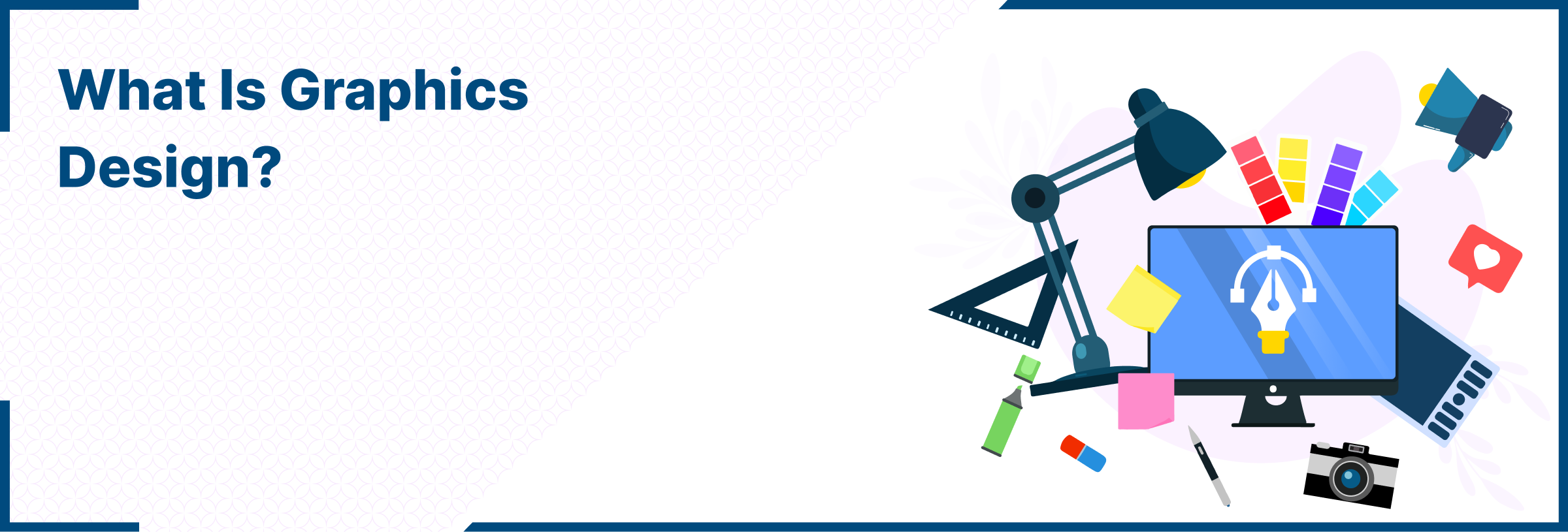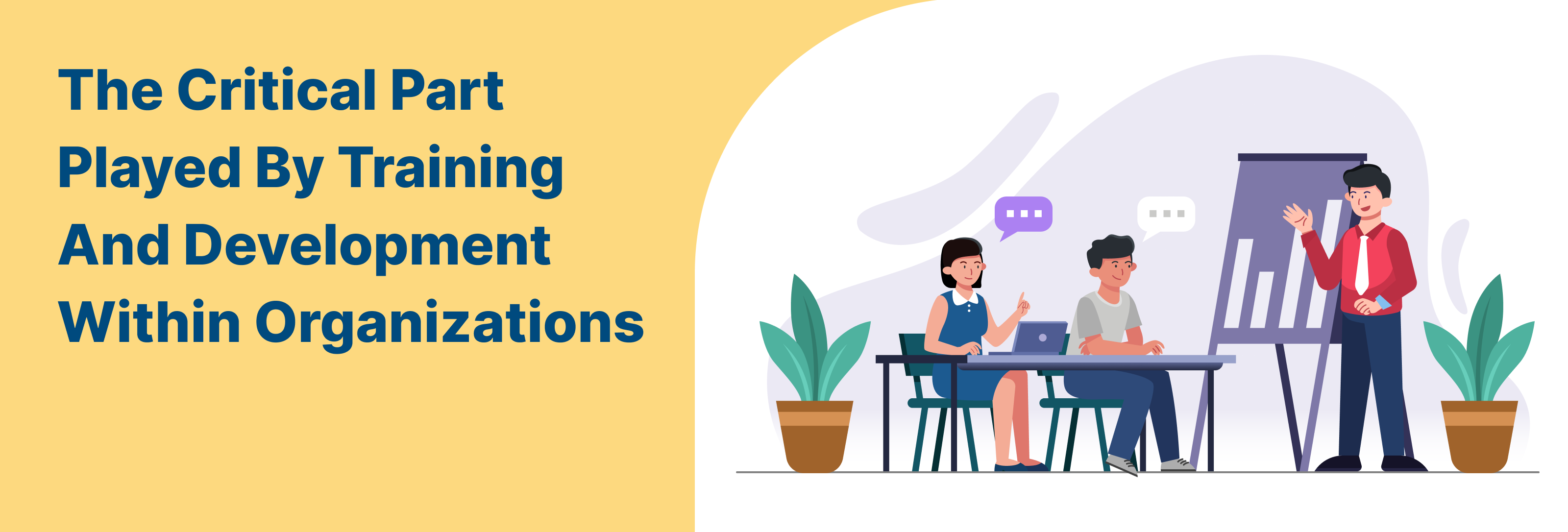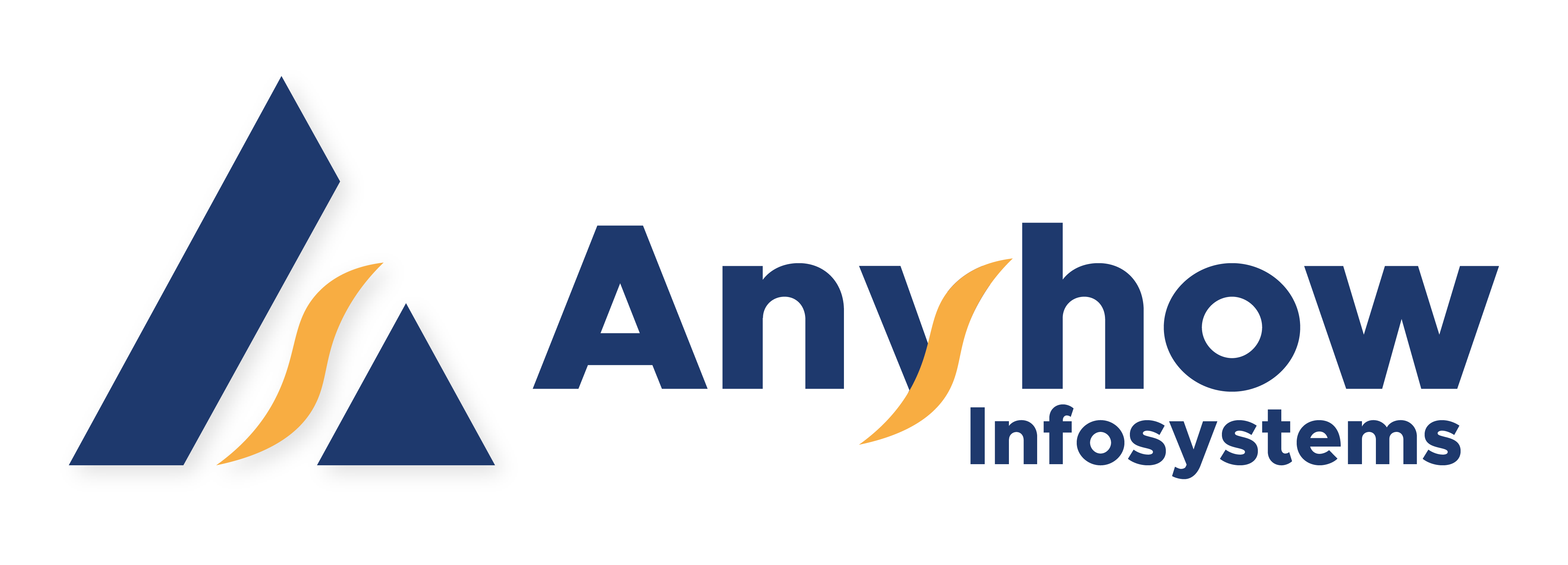Getting Started with React Native: A Beginner’s Guide
Introduction
Basically, React Native is a framework that allows us to build mobile applications using only JavaScript programming language. It’s designed to give you the ability to build modern mobile applications if you know JavaScript and React.js concepts.
Environment Setup
Before deep diving into creating application, you will need to set up your development environment. This includes installing Node.js, the React Native command-line interface, java and either Android Studio for Android development or Xcode for iOS development. For better understanding you can go to the documentation page of React Native.
Creating Your First App
To create a new project, run the command ‘npx react-native init MyFirstApp’ in your terminal. This will set up a new project with all the necessary files and folders. React Native apps are built using components, which are the building blocks of your application. Start learning the core components like ‘View’, ‘Text’, and ‘Image’. Styling in React Native is similar to CSS, but it uses JavaScript syntax. You can style your components using the ‘StyleSheet’ object, which allows you to create styles and apply them to your components.
Adding Interactivity
To make your app interactive and more creative, you can use components like “Button”, “Pressable” and “TouchableOpacity”. These components respond to user touches and can trigger functions that you define. Once you have built your app, you can test it on real devices. For iOS, you can use the Simulator that comes with Xcode. For Android, you can use the Android Emulator from Android Studio or test on a physical device.
Conclusion
React Native is a powerful framework for building mobile applications. With its familiar JavaScript syntax and reusable components, you can quickly develop applications for both Android and iOS platforms. Start small, keep practicing, and soon you will be on your way to becoming a React Native developer. Remember, the key to learning React Native is practice and experimentation. Don’t be afraid to try new things and make mistakes, that’s how you will grow.
References to Learn





